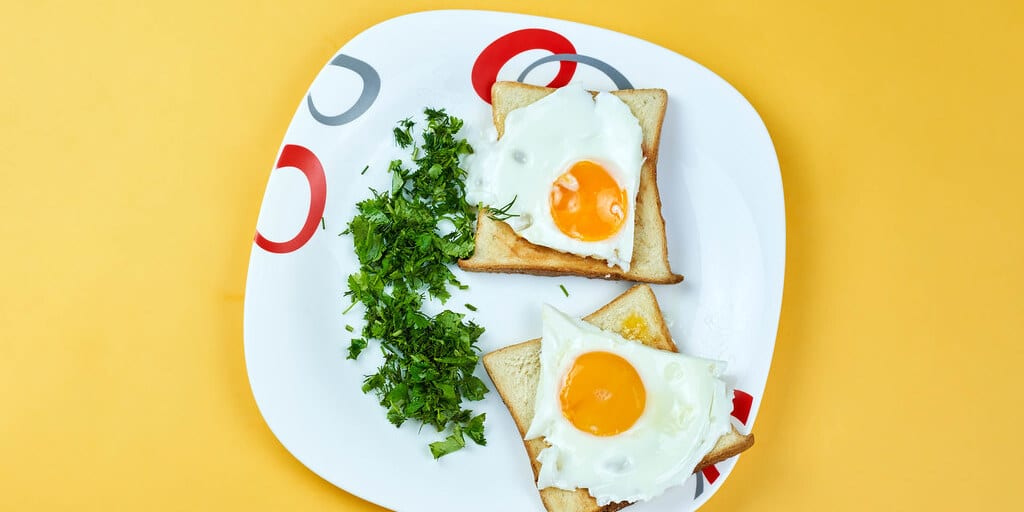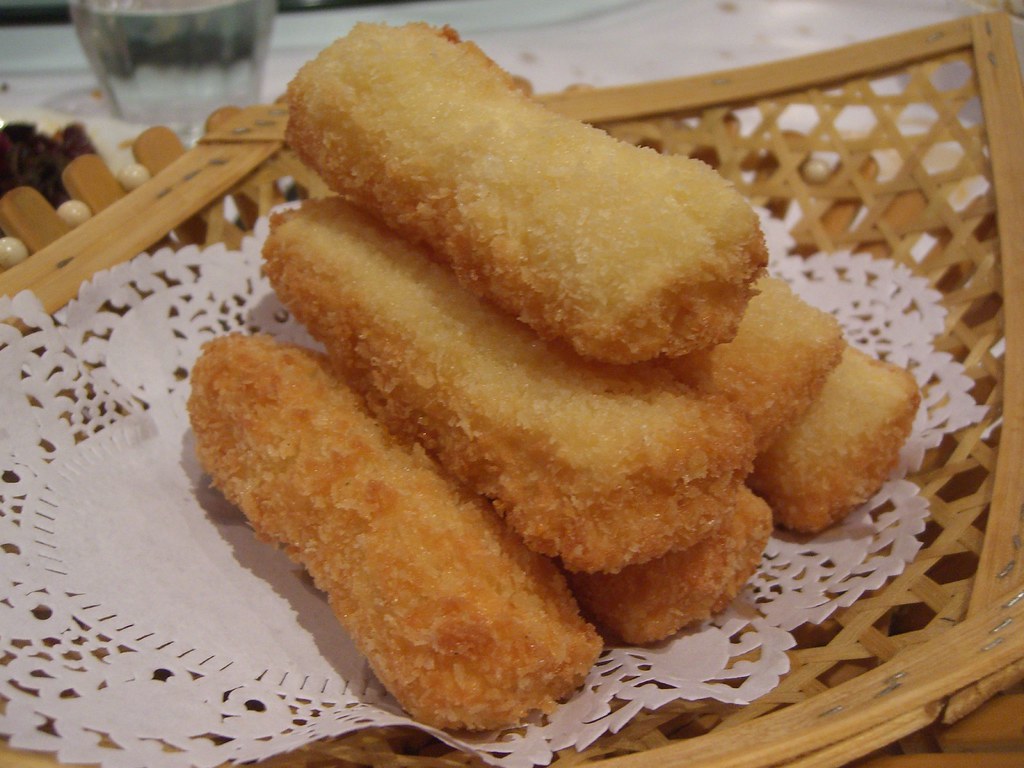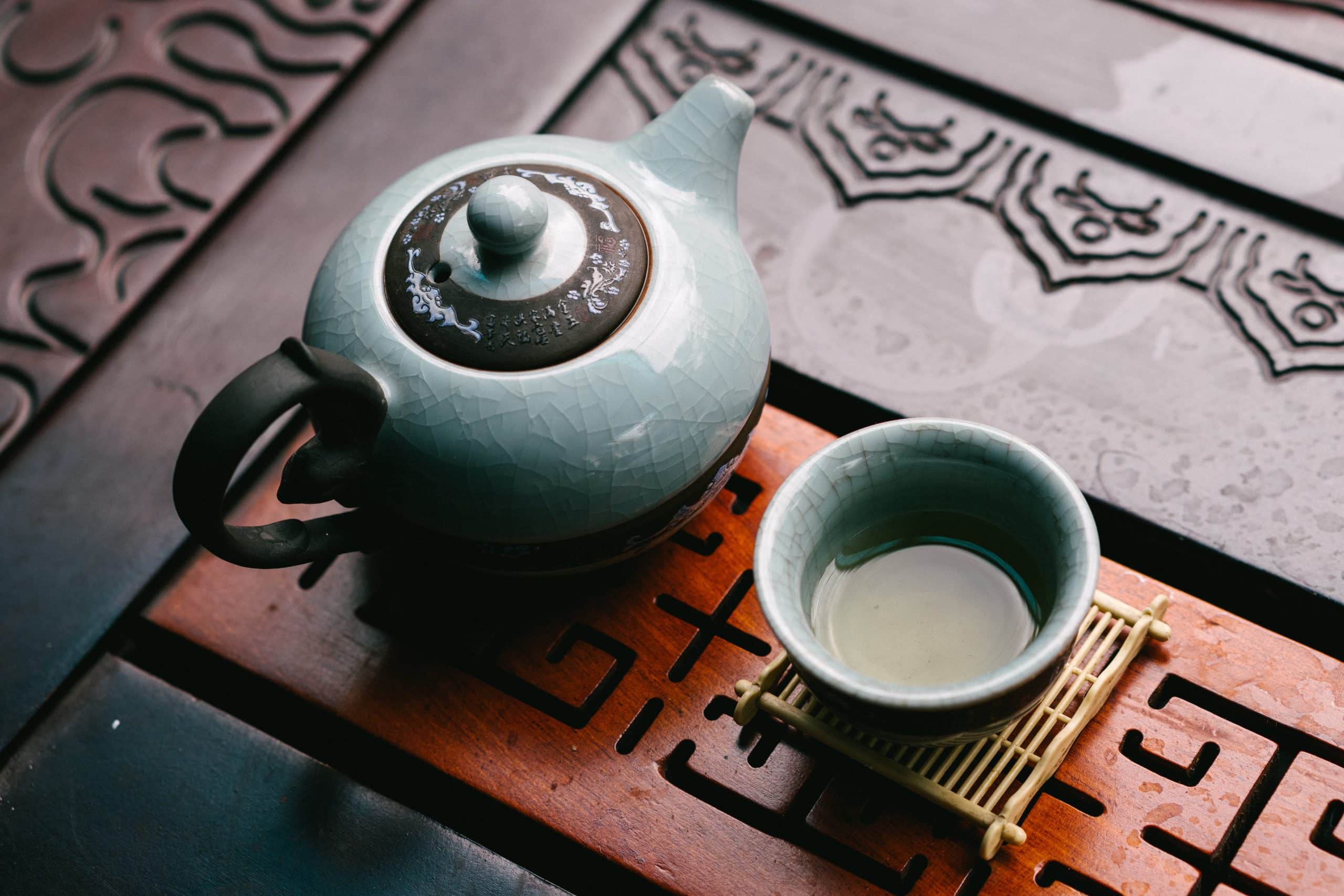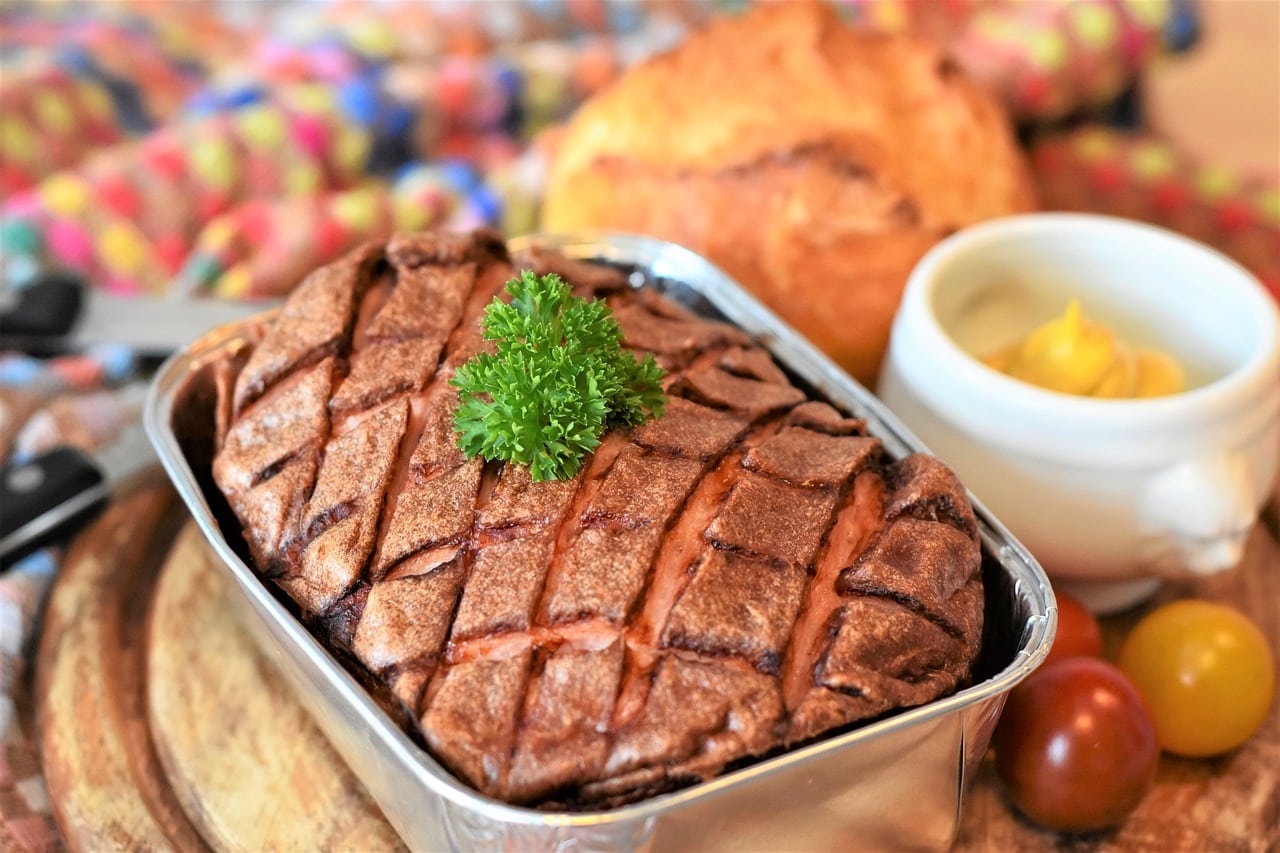Whipping up delicious meals always needs **precise measurements** and **specific steps** to achieve mouthwatering results.
You’ve undoubtedly pondered how to handle ingredients while working with them and may have occasionally asked yourself, “How many tablespoons is 30 ml?” several times.
Here, we have an answer to your question and a few more related to it so that you can be a master in the kitchen.
So, how many tablespoons is 30 ml?
In cooking, two tablespoons will constitute 30 ml.
The standard tablespoon of solid ingredient is 15 ml, and 5 ml in US teaspoon.
The tablespoon should be filled to the brim when measuring a liquid, about 15 – 20 ml.
So, in this case, two tablespoons would be approximately 30 ml.
This post will guide you in understanding how many tablespoons are in 30 ml and how to improve your cooking.
It will assist you in measuring ingredients and converting them from tablespoons to correct milliliter values.
How much is 30 ml?
30 ml is a tiny amount of liquid in our homes known to use cups, mugs, or jugs regularly.
It’s typically 1/8 cup or two tablespoons.
When measuring a liquid ingredient, you should use a graduated cylinder, beaker, or measuring cup.
Pour the liquid into the container until it reaches the 30 ml mark.
Our kitchens may not necessarily have calibrated measuring instruments; hence most of us will estimate values.
It’s, therefore, important to do correct estimations using common objects in your kitchen.
For example, a tablespoon is about 15 ml, and a teaspoon is about 5 ml, so you can estimate that two tablespoons are approximately 30 ml.
In the United States, the tablespoon was standardized at 1/16 of a cup, or 3 teaspoons.
This is close to the modern value of 15 ml.
Knowing these correct estimations will allow you to measure and convert ingredients while you cook or bake properly.
How many teaspoons are in 30 ml?
There are 6 teaspoons in 30 ml as 1 teaspoon is approximately 5ml.
When measuring smaller units using teaspoons, it’s advisable to use a standard or measuring spoon.
This small, level spoon is usually part of a set that includes other sizes.
1 tablespoon = 3 teaspoons
1/2 tablespoon = 1 1/2 teaspoons
1 teaspoon = 1/3 tablespoon
While measuring, use a standard spoon (US standardized spoon).
It’s advisable not to consider using other sorts or “special” teaspoons like wooden teaspoons, ice-cream spoons, or objects like bottle tops; they’ll most certainly result in incorrect predictions.
For tiny characters, teaspoons are best since they minimize errors in your measurements; however, tablespoons are preferable to reduce mistakes for larger quantities.
How much is 30 ml in tablespoons?
While in the kitchen, sometimes you might want to do different forms of conversions.
For example, you may want to estimate how much of a little liquid spice to add using your table spoon.
So how much is 30 ml in tablespoons?
1 tablespoon is approximately 15 ml; hence 30 ml will be two tablespoons.
One easier-to-remember way to guide you in converting millilitres into tablespoons is to remember that: 1tbsp (tablespoon) = 15 ml, 1 tsp (teaspoon) = 5 ml, and 1 litre = 1000 ml (approximately 66 and a half tablespoons).
How to increase the tablespoons when cooking
When cooking or baking, you’ll certainly make meals of various sizes.
Therefore, every time you cook, you must alter the quantity of components you’re using.
How, thus, do you extend the amounts of ingredients in your dish without jeopardizing its taste?
There are a few options for this, such as:
Diluting by adding some water/ soup
Adding water or soup to the food while cooking is a good way to increase the quantity without destroying the taste.
This could also be a healthy option for adding more fluid.
Adding more soup will require you to increase the number of tablespoons for ingredients, such as salt and seasonings, to balance the taste.
Doubling up on the spices
If you want your food to be extra tasty and not watery, doubling the spices is a great idea.
This will make your meal flavourful without messing up its consistency.
You may adjust the number of tablespoons in a recipe by adding spices or ingredients, either increasing or decreasing them depending on the influence of the substance you add.
Adding eggs while baking, for example, will require you to add more salt, whereas increasing seasoning while frying may need you to reduce its amount.
Using less oil/ butter
Using little oil makes the food less greasy, a healthy option, and requires adjusting the portions of other ingredients to improve their taste.
Less oil in cooking will require you to increase the tablespoons of the other components.
Adding some vegetables
Adding vegetables is a great way to increase the volume of your meal without significantly changing the taste.
This way, you also get to sneak in some extra nutrients.
If you’re making a soup, for example, adding some chopped-up carrots or celery will help to bulk it out.
Extra vegetables will require you to adjust the volume of other ingredients, adding more tablespoons.
If you’re baking, adding a cup of grated zucchini to the mix will make it go further.
This will require that you adjust (add) the tablespoons of other flavorings.
Extending with flour/ starch
Adding flour or starch is a great way to thicken your food when making soup or sauce.
However, avoid adding too much, making the dish taste doughy.
There are other ways you can experiment in your kitchen when you want to alter ingredients or make them go further.
These include changing their nature: drying, mashing, and mixing with other substances like herbs.
With some creativity, you can develop methods for extending ingredients.
Ensure the methods you use are safe and healthy.
Adjusting the amounts of tablespoons? What to observe
When altering the number of tablespoons in a recipe, it’s important to take note of a few key points so that your dish turns out well.
The following are a few things to keep in mind:
- Taste as you go: This is important to ensure the dish turns perfect. Taste the food as you cook to adjust the seasoning/spices accordingly.
- Add water cautiously: If you add water or any other liquid to extend the dish, do so slowly and in small amounts. This will help to prevent the food from becoming watery and tasteless.
- Alter other ingredients accordingly: When adding extra vegetables or flour to thicken the dish, adjust the other elements to balance the taste.
- Be creative: Don’t be afraid to experiment with different methods and ingredients.
- Cook appropriately: Some ingredients require more heat or cooking time to cook well or become palatable. Observe each ingredient’s cooking durations and temperatures to ensure that all the components are properly cooked.
With these key points in mind, you can successfully alter the number of tablespoons in a recipe without compromising taste or quality.
Ways to add tablespoons of ingredients to your cooking
There are many ways to add powdered spices or ingredients to your cooking/baking.
The following are a few methods:
Add it to the dish while cooking
Adding spice while the food cooks is common and effective for dishes that require long cooking times, such as stews or curries.
Simply add the desired number of tablespoons of spice powder to the food while it’s cooking.
Measure the correct amount using a standard US tablespoon or graduated measuring spoons.
Sprinkle it on top
You can sprinkle the spice on top of a dish that’s already cooked, such as rice or pasta dishes, before serving.
This will boost the dish’s flavor without significantly changing its overall taste.
Mix it with other ingredients
Mixing the spice with other ingredients is excellent for dishes that require short cooking times, such as stir-fries or omelets.
Mix the spice powder with other dry ingredients before adding it to the dish.
This will help to distribute the flavor and prevent the spice from burning.
Make a paste
Make a paste by mixing the spice powder with a little water.
Making a paste is also good for dishes that require long cooking times.
Add the paste to the food while cooking.
This will help release the flavor of the spice and prevent it from burning.
Do temperatures affect the ingredients and number of tablespoons added?
Ingredients are/consist of natural compounds, and some factors, including temperature, will alter their properties and characteristics.
Temperatures generally affect the solubility of an ingredient, its density, and how much it expands or contracts.
Some ingredients are more volatile at higher temperatures.
Salt and sugar, for example, can easily burn if the temperature is too high.
Generally, increased temperatures warrant the addition of tablespoons as you’ll need to use more of the ingredient.
This is due to their increased reaction rates, solubility, and volatility.
Use every ingredient at its required temperature when cooking or baking, as some (such as spices and onion sprinkles) can be destroyed at very high temperatures.
For further tips and inquiries on cooking, don’t hesitate to ask a culinary professional.
Frequently asked questions (FAQs)
How many tablespoons is 1 ml?
Using a standard US tablespoon, 15ml is 1 tablespoon; hence the fraction of a tablespoon than contains 1 ml is 0.068.
Are tablespoons the same sizes?
No, tablespoons come in different sizes.
The most common size is the standard US tablespoon which is 15ml.
However, there are also metric and imperial tablespoons which are 20ml and 17.76ml, respectively.
Can I use a different-sized tablespoon?
It’s advisable to use a standard US tablespoon (15ml) as it is the most common size.
However, you can use a different-sized tablespoon with calibrated measuring spoons.
Can I convert ml to tablespoons?
Yes, 1 ml is 0.068 of a tablespoon.
To convert from ml to tablespoons, multiply the number of ml by 0.068.
For example, 50 ml is 3.4 tablespoons (50 x 0.068).
What should I do if I accidentally add too much of an ingredient?
If you accidentally add too much of an ingredient (such as salt, sugar, or spice), you can try diluting it by adding more other components.
For example, if you add too much salt, you can add more water or broth to dilute it.
Final thoughts
To wrap it up, we have seen that there are 15 ml in 1 tablespoon and 5ml in 1 teaspoon.
This means that there are 3 teaspoons in 1 tablespoon.
Therefore, 2 tablespoons constitute 30 ml, and 6 teaspoons make up the same amount.
With this cooking guide, you can measure different ingredients easily and make great food.
- 25 Best Rockfish Recipes - July 27, 2024
- 25 Yummy Side Dishes For Chicken - July 27, 2024
- 25 Homemade Sauce For Salmon Recipes - July 27, 2024



